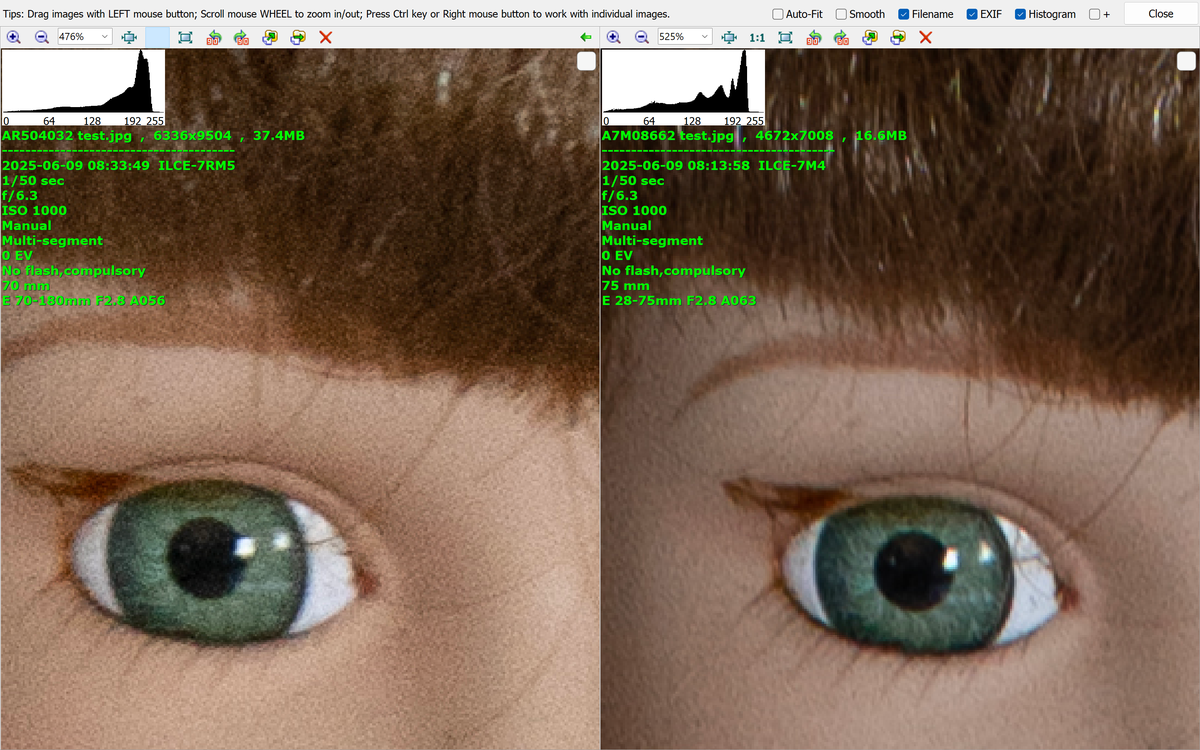So, Donald, with all due respect:
THE ISO 15739 DEFINITION OF DYNAMIC RANGE
The concept of the definition
The concept behind the dynamic range definition given by ISO 15739 is based on the ratio of the saturation luminance to the lowest luminance for which the signal to noise ratio (SNR) is at least 1.0. This is based on the very arbitrary assumption that detail recorded with a SNR of 1.0 or above is useful and that recorded with an SNR less than 1.0 is not.
dougkerr.net/Pumpkin/articles/ISO_Dynamic_range.pdf
Let's say that an image has a saturation luminance of 4000 and the reference SNR is 1.0 at a luminance of 40. The ISO DR of that is 4000/40=100 or 6.64 EV.
Now apply your "noise filter". The SNR will still be 1.0 but now at a lower level of luminance than before, say 20. The ISO DR is now 4000/20=200 or 7.64 EV.
Ipso facto, QED, living proof that your noise filter increases ISO DR. Feel free to prove otherwise ...







